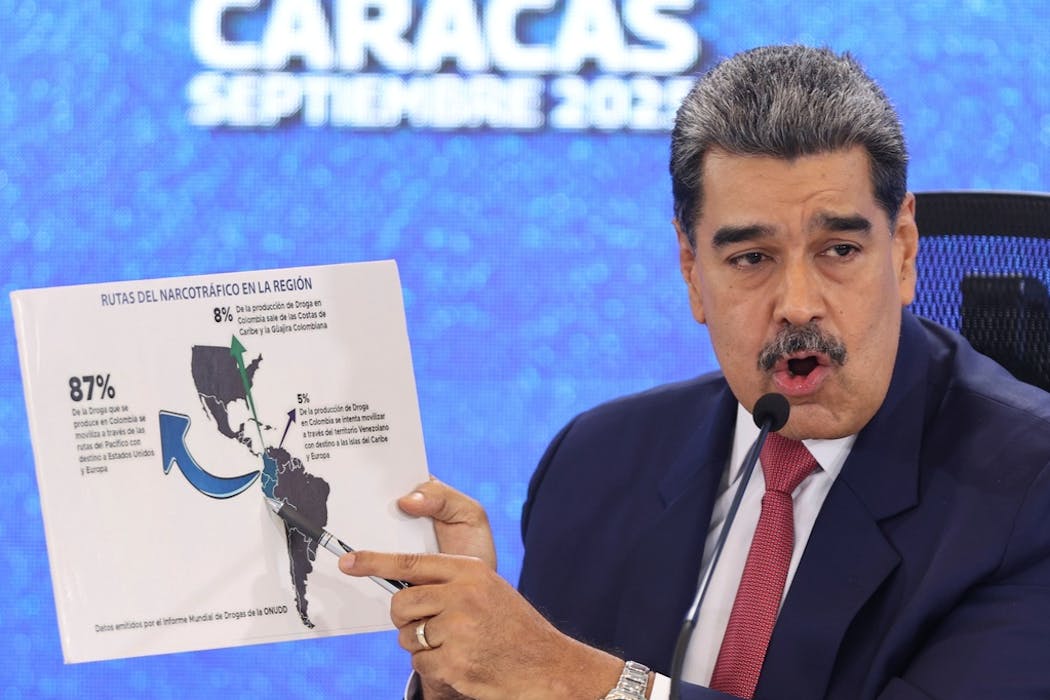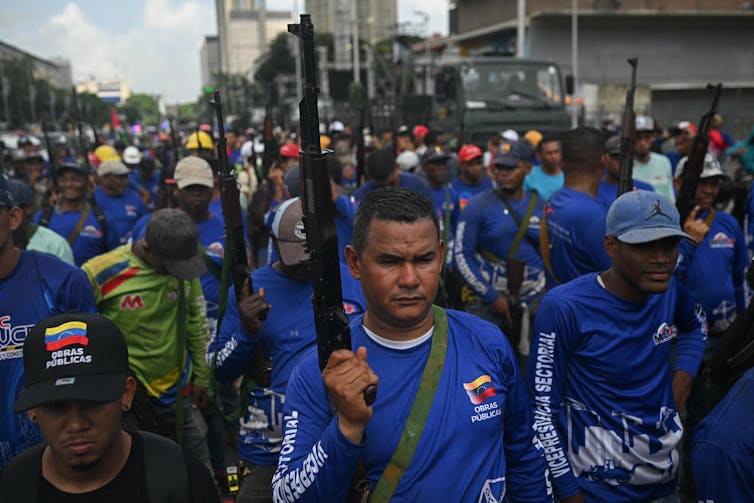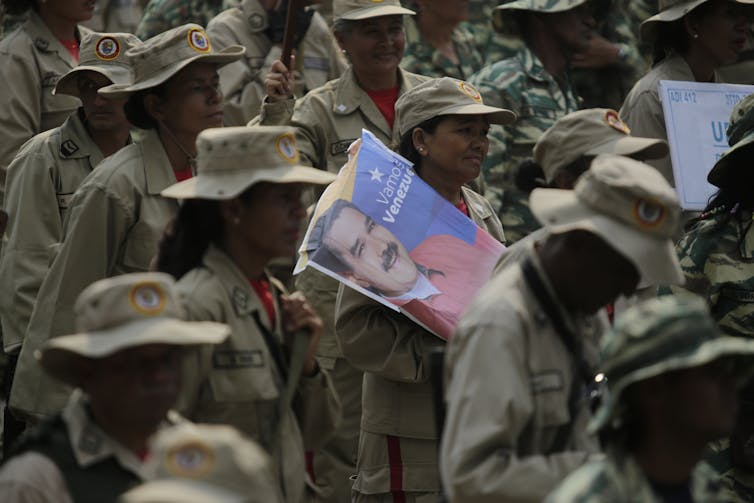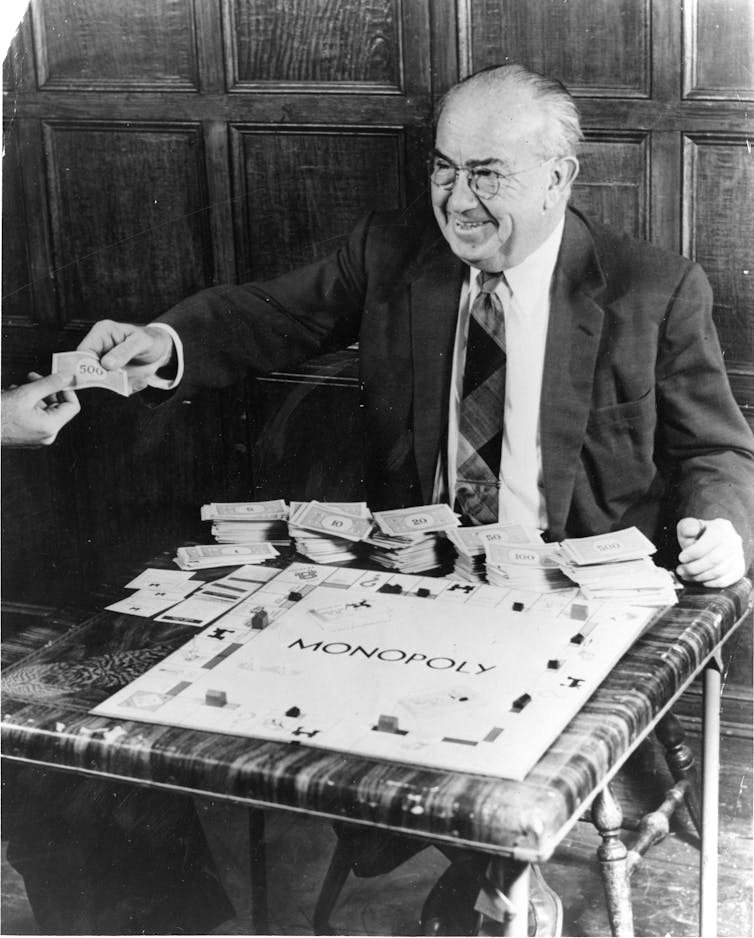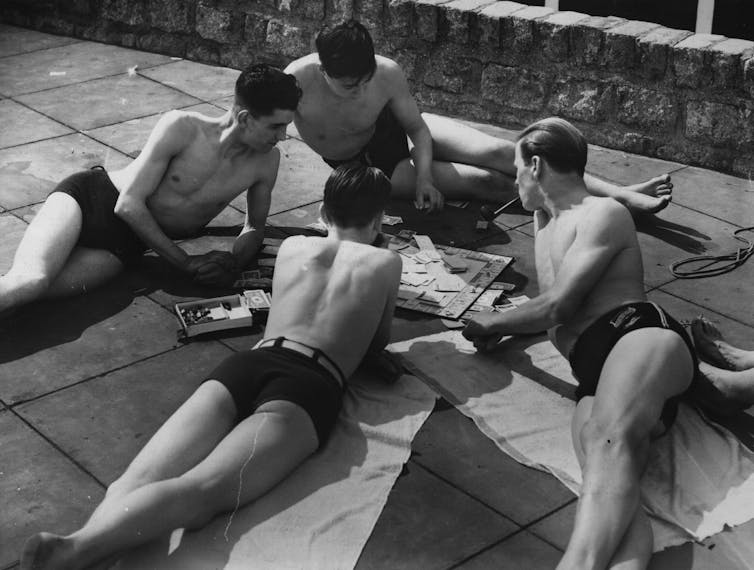Source: The Conversation – Global Perspectives – By David Coghill, Financial Markets Foundation Chair of Developmental Mental Health, The University of Melbourne
Attention-deficit hyperactivity disorder (ADHD) is a neurodevelopmental condition that affects around 2.5% of adults and 7% of children. It causes difficulties with attention, impulsivity and hyperactivity.
If unrecognised and untreated, ADHD can significantly impact educational and work achievements, and social and emotional wellbeing. It can also increase the risks of serious accidents and injuries, offending, mental illness and substance abuse.
When accurately identified and appropriately treated, these negative outcomes can be significantly reduced.
But as a recent article in the Medical Journal of Australia highlights, some people struggle to access and afford diagnoses and treatment the disorder.
Meanwhile, some popular social media channels that provide online “tests” for ADHD are sponsored by private clinics that, once you have screened positive, direct you to their sites for an online assessment. This has raised concern about potential over-diagnosis.
So, what is ADHD diagnosis actually based on? A key component is functional impairment. Let’s take a look at what that means.
Read more:
Put a finger down if TikTok has made you think you have ADHD
Why a brief assessment isn’t enough
In Australia, there are reports of business models where clinics are charging several thousand dollars for a quick, brief online assessment and diagnosis.
These brief assessments don’t comply with evidence-based guidelines and are problematic because they:
-
focus solely on ADHD and don’t attempt to assess other aspects of a person’s difficulties
-
rely heavily on information from the person being assessed and don’t seek the opinions of significant others
-
rely heavily on information about symptoms, gathered through questionnaires, and don’t assess their impact on day-to-day functioning.
This is important because a core requirement for a diagnosis of ADHD is evidence that the:
symptoms must interfere significantly with social, academic, or occupational functioning.
No matter how many symptoms you have, if they’re not having an impact on your day-to-day life, a diagnosis of ADHD shouldn’t be made.
So what is a comprehensive assessment?
To make an accurate diagnosis of ADHD, a comprehensive assessment is needed. This includes a clinical interview to evaluate the current and past presence (or absence) of each of the 18 core ADHD symptoms and associated impairment.
While there are scales such as the Weiss Functional Impairment Rating Scale and the World Health Organisation Disability Assessment Schedule that can aid assessment, these are best used as conversation starters rather than stand-alone tools.
A comprehensive assessment also includes a broader assessment for current mental and physical health problems, developmental history, personal and family mental health, substance use, addiction and, where appropriate, interactions with the justice system.
This interview shouldn’t be conducted as a simple tick-box exercise, with yes and no answers. A detailed interview is needed to explore and identify symptoms, and evaluate their impact on functioning.
It’s also strongly recommended the clinician hears from one or more people who can speak to the person’s childhood and current functioning.
What counts as ‘functional impairment’ is very individual
The diagnostic manuals don’t give detailed accounts of what counts as significant enough impairment to be diagnosed with ADHD.
This has led some commentators to complain that lack of a standardised definition could lead to over-diagnosis.
But the impacts of ADHD are so broad it would be very difficult to formulate a clear, comprehensive and encompassing list of valid impairments.
Such a list would also fail to capture the very personalised nature of these impairments. What is impairing for me may not be for you and vice versa.
So a rigid definition would likely result in missed as well as mis-diagnoses.
How do clinicians determine if someone is impaired?
Clinicians are very used to assessing the impact of symptoms on functioning. They do so for many other mental and physical health conditions, including depression and anxiety.
Research has identified several common themes in ADHD:
- impaired romantic, peer and professional relationships
- parenting problems
- impaired educational and occupational achievements
- increased accidents and unintentional injuries
- driving offences
- broader offending
- substance use and abuse
- risky sexual behaviours.
ADHD symptoms are often associated with:
- emotional dysregulation
- exhausting levels of mental and physical restlessness
- low self-esteem
- fatigue
- high stress levels.
Read more:
Parents are increasingly saying their child is ‘dysregulated’. What does that actually mean?
One caveat is that some people are receiving a lot of support and scaffolding or have found ways to compensate for their difficulties. Whether or not this should count as impairment depends on the circumstances and requires considerable thought.
However, ADHD shouldn’t be ruled out on the basis of high levels of achievement in certain aspects of life like school or work. A person may be under-achieving relative to their potential, or having to put in extreme levels of effort to keep afloat.
An adult with ADHD, for example, may be excelling at work but by the end of the workday is too exhausted to do anything but sleep. They may also be experiencing impairments in other aspects of their lives that aren’t obvious unless specifically asked about.
Others will present multiple impacts that, when explored, aren’t true functional impairments.
So it’s crucial clinicians drill down into the details until they’re confident that it is or isn’t a genuine impairment related to the core ADHD symptoms.
Clinician training is essential
The skill of accurately assessing impairments in ADHD is not difficult to train or learn. This is done by observing experienced clinicians and practising with structured protocols.
Newly trained clinicians quickly become confident in assessing impairment and there is generally close agreement between different professionals about whether an ADHD diagnosis should be made.
However, few health professionals currently get high-quality training in ADHD either during their core or more advanced training. This must change if we’re going to improve the accuracy of assessment and reduce missed and mis-diagnoses.
Read more:
You might have heard ADHD risks being over-diagnosed. Here’s why that’s not the case
![]()
David Coghill has received honoraria from Medice, Novartis, Takeda and Servier and royalties from Oxford University Press and Cambridge University Press. He receives research funding from the National Health and Medical Research Council of Australia, the Australian Medical Research Futures Fund, and the Financial Markets Foundation for Children. He is the President and a director of the Australasian ADHD Professionals Association.
– ref. Adult ADHD is diagnosed when you are ‘functionally impaired’. But what does that mean? – https://theconversation.com/adult-adhd-is-diagnosed-when-you-are-functionally-impaired-but-what-does-that-mean-268092



